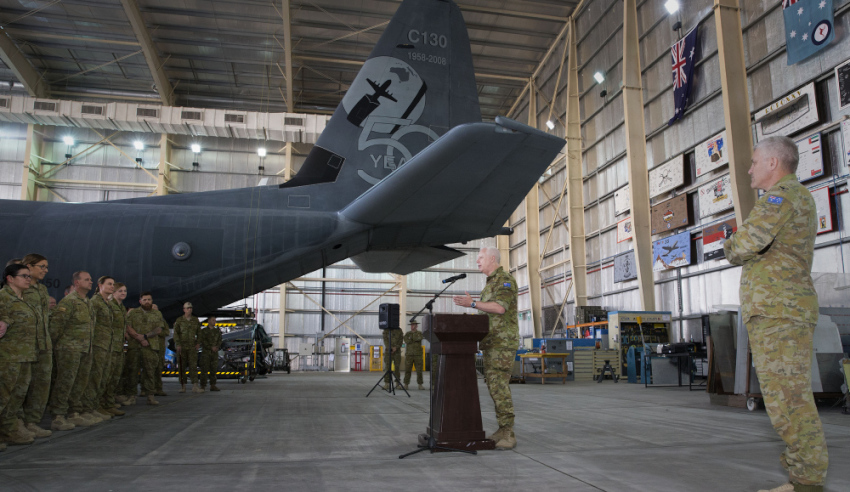The Australian tax payer is getting optimum value for money through the government’s investment in the defence industry, according to Brad Yelland of BAE Systems (BAES) Australia.
To continue reading the rest of this article, please log in.
Create free account to get unlimited news articles and more!
Giving a keynote presentation at a conference in Canberra, Yelland addressed Australia's high standard of living and the perception of lack of price competitiveness but said that when it comes to requiring a highly skilled workforce, the defence industry has a competitive advantage.
"Having a high standard of living is something we enjoy, but we pay for it with our lack of price competitiveness in some areas," Yelland said.
"One way to combat this lack of price competitiveness is through leveraging our high skill base. It is therefore important that we, Australia, focus on industries that demand a highly skilled workforce. That is where we get the competitive advantage."
The head of business strategy for BAES Australia highlighted two key characteristics of the defence industry and their importance in developing high skill sets.
"Nothing drives the need for innovation like competition or survival. And since both of these characteristics underpin Defence requirements, it is no surprise that the defence industry has one of the highest skill levels," Yelland said.
Yelland said the results of BAE Systems' recently commissioned independent analysis of the contribution that BAES Australia makes to the Australian economy are reflective of Australian defence companies overall.
The analysis found:
- BAES Australia employs over 3,300 people directly and sustains over 7,500 jobs in total through supply chain activity and consumer spend;
- BAES Australia has a direct economic contribution of $700 million – this relates in a total GDP contribution of $1.3 billion (nearly double);
- Since 2011, BAE Systems Australia has invested over $250 million in R&D – the intensity of this investment is clear when you consider that it is more than two times higher per employee than the manufacturing sector average and more than four times higher than the Australian-wide economy average;
- 69 per cent of BAES Australia procurements are from Australian suppliers, supporting 1,600 Australian suppliers in all;
- BAES Australia's labour productivity is 40 per cent higher than the national average, with a skilled to non-skilled workforce ration of 2:1; and
- BAES Australia also creates close over $80 million per year in exports.
"While this analysis focused on BAE Systems Australia, it is likely that the conclusions could equally be relevant to other Australian defence companies," said Yelland.
"Its figures like these that show why investment in the Australian defence industry gives the Australian tax payer more bang for their buck than simply ensuring an enduring Indigenous defence capability."

 Login
Login







